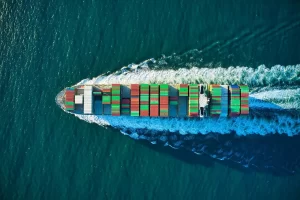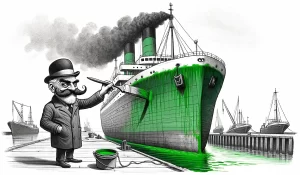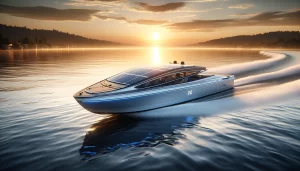At COP26 happening this week “zero” and “emission” seem to be the two most important words, particularly for maritime decarbonization. You probably haven’t seen anything about embodied energy though. Shipping companies are transitioning to zero-emissions fuels like methanol or hydrogen, but a zero-emissions vessel needs to consider more than fuel emissions. If we want true zero-emission vessels we must consider the emissions from other phases of a ship’s life-cycle.
We all know that large cargo ships consume vast amounts of energy in the form of liquid fuels while they move across the world’s ocean. At the moment, about one gigaton of greenhouse gas emissions comes from roughly 50,000 commercial vessels burning fossil fuels like heavy fuel oil. If these ships were a country they would rank as one the top ten worst polluting countries in the world. While most of the concern on shipping emissions relates to the fuels they use, we must remember that ships use energy in other ways.
Life-cycle Analysis
A life-cycle analysis (LCA) is a methodology that allows researchers to assess the environmental impact of a product in terms of energy, emissions, water, or other environmental aspects. The methodology is widely applicable, from a box of cereal to cargo ship. It generally involves five phases which include extraction and processing of the raw materials; manufacturing; distribution or transport; use of the product; and then end of life which may be some combination of recycling or disposal.
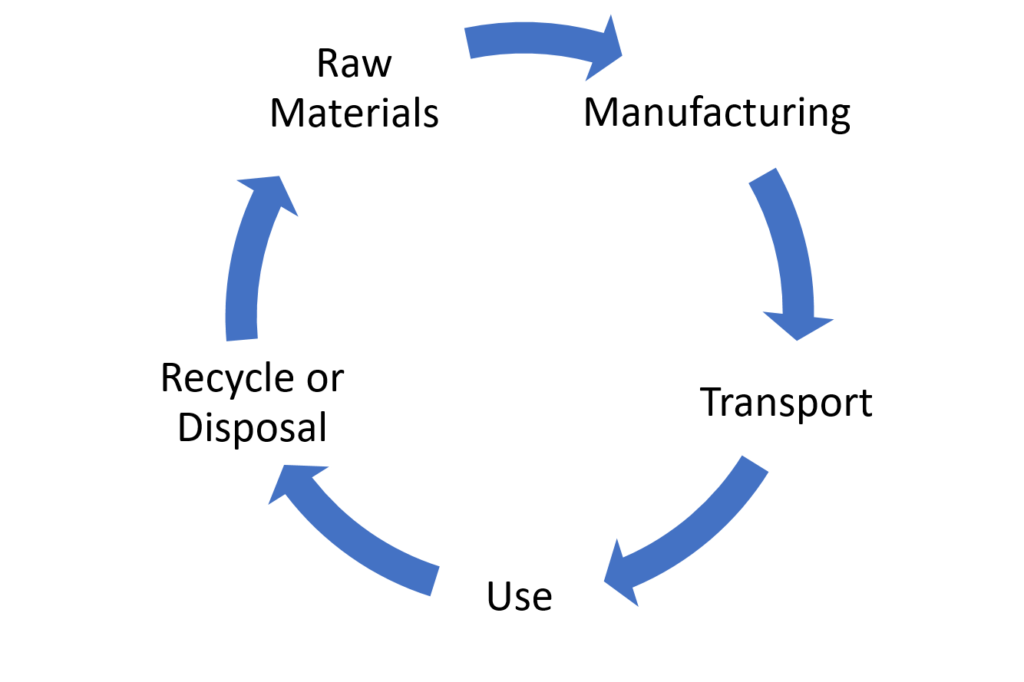
Let’s just consider the raw material phase for a ship using the concept of embodied energy. Embodied energy is the energy attributable to the production of materials from ores and feedstocks. Or in others words, it’s the mining, heating, and refining needed to make the material
A modern containership is an engineering marvel in its own right. These ships can be longer than the Empire State building is tall and carry tens of thousands of shipping containers. As such, construction of these ships requires tens of thousands of tons of materials for the hull, machinery, electronics, piping, and much, much more. All of these materials have embodied energy. Let’s estimate how much.
Embodied energy of a ship
A ship’s embodied energy depends on the materials used to build it. It’s nearly impossible to account for every material on a ship, from the cast iron of the engine block to the plastic in the radar dome, there is just too much to account for item by item. To make our task more simple, let’s just look at the bare hull of a ship. Almost undoubtedly our number will be an underestimate, but that’s fine for our purposes.
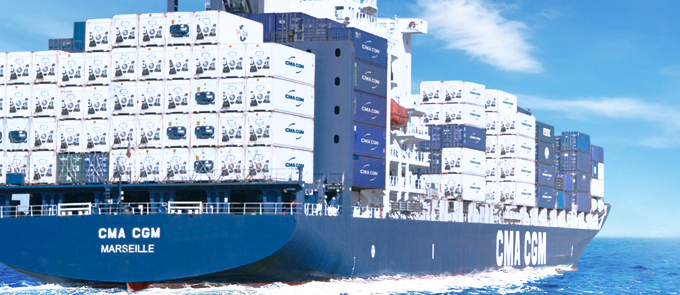
Let’s consider the energy embodied in a typical containership. For this example consider the MSC Orion, a containership built in 2020 that carries up to 15,000 twenty-foot shipping containers. It’s light ship weight, is 42,000 tons. This includes the hull, internal framing, machinery, decking, etc., but not consumables such as cargo, fuel or water.
This weight includes an awful lot of stuff, from electrical wires to toilets to the hull plating. According to this article from Wartsila, about three-quarters of a vessel’s light ship weight is due to the hull, another 10% attributed to deck equipment, and eight percent to machinery. These three categories make up about 90 percent of the ship’s weight.
Ship’s are most commonly constructed from steel or steel alloys. Other materials like aluminum or composites are also used, but to lesser extents. For simplicity, let’s assume mild-carbon steel is the only material. Therefore, ninety percent of 42,000 tons is 37,800 tons of mild-carbon steel.
From Ashby’s Materials and the Environment, mild-carbon steel has an embodied energy of 31 Megajoules per kilogram (MJ/kg) and embodied emissions of 2 kilograms of carbon dioxide equivalent per kilogram of material.
Zero-emissions vessels need consider the full life-cycle
Some simple math tells us that the steel in the vessel has an embodied energy content of approximately 1.1 Petajoules. For context, this is equivalent to a dozen atomic bombs. The CO2 emissions from the production of this steel are around 75,000 tons. This is roughly equivalent to the annual emissions of approximately 5,000 Americans. This is of course a simplified example, but it does put us in the ballpark. More importantly, this is just one ship. There are approximately 50,000 commercial ocean-going ships in the world, or about 50,000 Petajoules of embodied energy in their materials.
Relative to the emissions from fuel consumption during a ship’s operating life, embodied CO2 emissions are puny in comparison. A containership like the MSC Orion is likely to consume about 100 tons of heavy fuel oil each day, which equates to approximately 80,000 tons of CO2 emissions each year. Keep in mind that the ship will operate for about thirty years.
Reducing emissions from the raw materials used in a ship’s construction requires different materials, different processes, or both. While it’s unlikely steel will be displaced in ship construction anytime soon, it is possible to change how we produce steel. Perhaps instead of using heat generated from fossil fuels, it could be generated from electricity from renewable resources like solar or wind, thus lowering emissions.
If we want true zero-emissions ships, we can’t just focus on the fuels. We must consider the entire lifecycle of the vessel, starting with the materials used in manufacturing and ultimately how they are recycled when the ship is at the end of its life. Zero-emission fuels are important, but they alone won’t create zero-emission ships.

